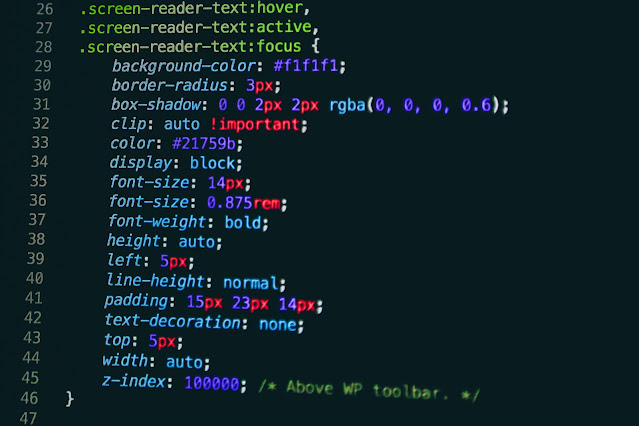Unlocking the Power of HTML5: Top Benefits for Web Development
Discover the incredible potential of HTML5 and its numerous advantages for web development. From enhanced multimedia capabilities to improved performance and cross-platform compatibility, this article explores the top benefits of HTML5 and why it's a game-changer in the world of web development.
Introduction
In today's rapidly evolving digital landscape, web developers constantly seek innovative tools and technologies to create immersive online experiences. One such technology that has revolutionized the way websites are built is HTML5. With its advanced features and capabilities, HTML5 offers a range of benefits that make it an indispensable asset for modern web development. In this article, we will explore the top advantages of HTML5 and delve into why it has become a game-changer in the industry.Enhanced Multimedia Capabilities
One of the most significant advantages of HTML5 is its remarkable multimedia capabilities. Unlike its predecessor, HTML4, HTML5 natively supports audio and video elements, eliminating the need for external plugins like Flash. This seamless integration enables developers to create interactive multimedia content without compatibility issues across various platforms and devices. With HTML5, embedding audio and video elements into web pages is effortless, enhancing the overall user experience.
Moreover, HTML5 introduces the canvas element, which allows developers to create dynamic and visually stunning graphics directly within the browser, eliminating the need for third-party tools or plugins. This feature opens up a world of possibilities for creating interactive games, visualizations, and data-driven animations, all of which contribute to a more engaging and immersive web experience.
Improved Performance and Speed
Web performance plays a crucial role in user satisfaction and retention. HTML5 addresses this need by introducing several features that improve website performance and speed. One such feature is the ability to store data locally using the Web Storage API, eliminating the need to repeatedly fetch data from the server. This significantly reduces latency, resulting in faster loading times and smoother browsing experiences.
Additionally, HTML5 introduces Web Workers, which allow for multi-threading within web applications. This feature enables complex tasks to run in the background without affecting the responsiveness of the user interface. By leveraging Web Workers, developers can enhance the overall performance of web applications, making them more efficient and responsive.
Cross-Platform Compatibility
With the growing number of devices and platforms available today, it is essential for web developers to ensure their creations work seamlessly across different environments. HTML5 simplifies this process by offering cross-platform compatibility. Websites built using HTML5 can run smoothly on various devices, including desktop computers, laptops, smartphones, and tablets, regardless of the operating system or browser being used. This universality allows developers to reach a broader audience and ensures a consistent user experience across different platforms.
Enhanced Form and Input Capabilities
HTML5 introduces several new form and input elements that enhance user interaction and improve the usability of web applications. The new input types, such as email, date, time, and number, provide built-in validation and error handling, reducing the need for custom JavaScript code. Additionally, HTML5 introduces the "placeholder" attribute, allowing developers to provide hints or examples within form fields, enhancing the user experience and guiding users in filling out forms correctly.
Furthermore, HTML5 introduces the "datalist" element, which enables developers to provide a list of predefined options for input fields, simplifying data entry and reducing user errors. These enhanced form and input capabilities not only streamline the development process but also contribute to a more user-friendly and intuitive web experience.
Offline Web Applications
HTML5 includes the ability to create offline web applications, which continue to function even when the user is not connected to the internet. By leveraging the Application Cache and Local Storage features, developers can store web application files and data on the user's device. This functionality allows users to access and interact with web applications offline, providing uninterrupted service and a seamless user experience even in areas with limited or no internet connectivity.
Conclusion
HTML5 has undoubtedly transformed the landscape of web development with its extensive range of features and advantages. From its enhanced multimedia capabilities to improved performance, cross-platform compatibility, and offline functionality, HTML5 empowers developers to create immersive, dynamic, and user-friendly web experiences. As the internet continues to evolve, HTML5 remains a vital tool in the arsenal of web developers, unlocking endless possibilities and driving innovation in the digital realm. Embracing HTML5 is not just a choice; it's a necessity for staying ahead in the ever-changing world of web development.
Remember, optimizing your web development skills is essential in this competitive industry. Stay up to date with the latest HTML5 advancements and leverage its power to create exceptional online experiences that captivate and engage users.



.jpg)

Comments
Post a Comment